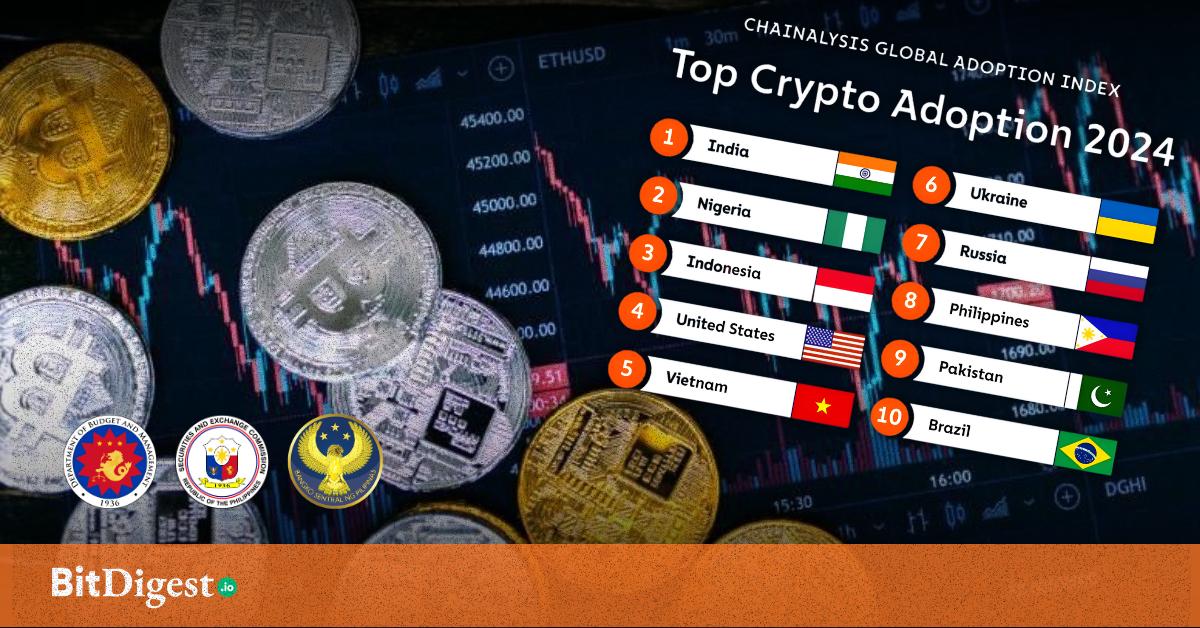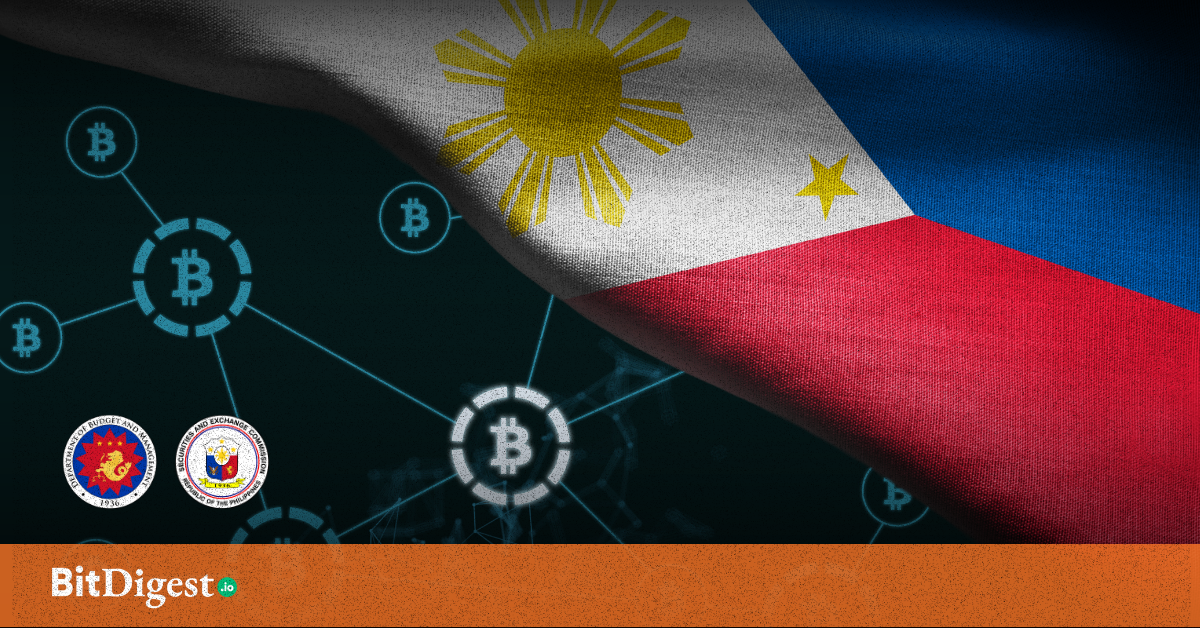How to Build Financial Resilience in an Uncertain Economy
Filipino households are navigating a complex mix of post-pandemic recovery, rising living costs, and structural uncertainties. In recent years, inflation has begun to ease, but prices remain elevated across essential goods, rent, and energy. Add to this the unpredictability of natural disasters—from typhoons, floods, and earthquakes—and it becomes clear that financial resilience is not just an individual concern, but a national imperative.
Recent data from the Philippine Statistics Authority (PSA) underscores this fragility. As of late 2024, approximately 62% of households still considered themselves poor or at risk of poverty. This sense of vulnerability persists despite consistent GDP growth and digital economy gains, revealing the wide gap between macroeconomic indicators and lived economic realities.
What Financial Resilience Really Means
Financial resilience is more than just having a savings account. It’s about having enough safety nets or contingency to absorb economic shocks—whether it’s a medical emergency, job loss, or flood damage—and then recover. For many Filipinos, resilience hinges on the ability to set aside emergency funds, diversify income, and access appropriate financial tools such as insurance and credit. But individual effort is only one part of the equation.
These strategies must operate within systems that are transparent, accessible, and supportive from social protection policies to disaster relief mechanisms to financial literacy programs.
Ground Reality: Where Filipinos Stand
A closer look at financial inclusion data reveals just how uneven the playing field remains. According to the Bangko Sentral ng Pilipinas’ 2021 Financial Inclusion Survey, only 37% of Filipino adults reported having any form of savings—a significant drop from 51% in 2019. While mobile wallets and e-banking platforms have expanded access to financial services, many Filipinos still rely on informal mechanisms like lending circles or pawnshops, which offer few protections in a crisis.
The risks aren’t just economic. The Philippines ranks 9th globally in disaster risk, based on the World Risk Index. More than 18 million households are considered highly vulnerable to weather-related events, with limited access to risk mitigation tools like insurance or resilient infrastructure. Meanwhile, Pulse Asia and SWS surveys conducted throughout 2024 and 2025 show that public sentiment remains cautious: a majority of respondents say they worry regularly about job loss, rising healthcare costs, and not being able to keep up with day-to-day expenses.
What Filipino Households Can Do
At the individual level, Filipinos are already taking steps to adapt. Some have begun building small emergency savings, even if inconsistently. Others have turned to digital platforms, from mobile wallets to online lending services to manage and move money more efficiently. For gig workers and freelancers, multiple income streams have become a lifeline, with side jobs supplementing unstable primary income sources.
Still, many remain unaware of the low-cost insurance products now available, including those for health, agriculture, and even natural disasters. Uptake remains low, partly due to limited public awareness and trust. Financial literacy also plays a role: while digital adoption is high, understanding of interest rates, repayment terms, or fraud risks often lags behind.
The Role of the System: More Than Just Advice
No household can build financial resilience in isolation. Government systems, from local disaster response to central banking policy, play a critical role in shaping outcomes. Inclusive banking infrastructure, particularly in rural areas, remains key. So does the implementation of fast, targeted relief during crises; whether in the form of cash aid, insurance payouts, or subsidies.
Moreover, regulators and fintech companies must work together to ensure that the financial products reaching the public are affordable, transparent, and not exploitative. Public institutions have a role in not just regulating the market, but enabling tools that genuinely support recovery and security; especially for those most vulnerable to shocks.
Filipinos are known for their grit, but grit alone is not enough. A family can save diligently for years and still lose everything in a single typhoon or hospital bill. What’s needed is shared responsibility: citizens who plan and adapt, and institutions that protect, support, and empower.
Financial resilience is built not just by households, but by policies that are inclusive, systems that are interoperable, and leaders who prioritize recovery over mere compliance. In a country as disaster-prone and economically diverse as the Philippines, true resilience means ensuring that even the most vulnerable have the tools and backup they need to weather what’s next.
.svg)


.svg) SHARE TO FACEBOOK
SHARE TO FACEBOOK SHARE TO TWITTER/X
SHARE TO TWITTER/X SHARE TO LINKEDIN
SHARE TO LINKEDIN SEND TO MAIL
SEND TO MAIL





.svg)


.svg)